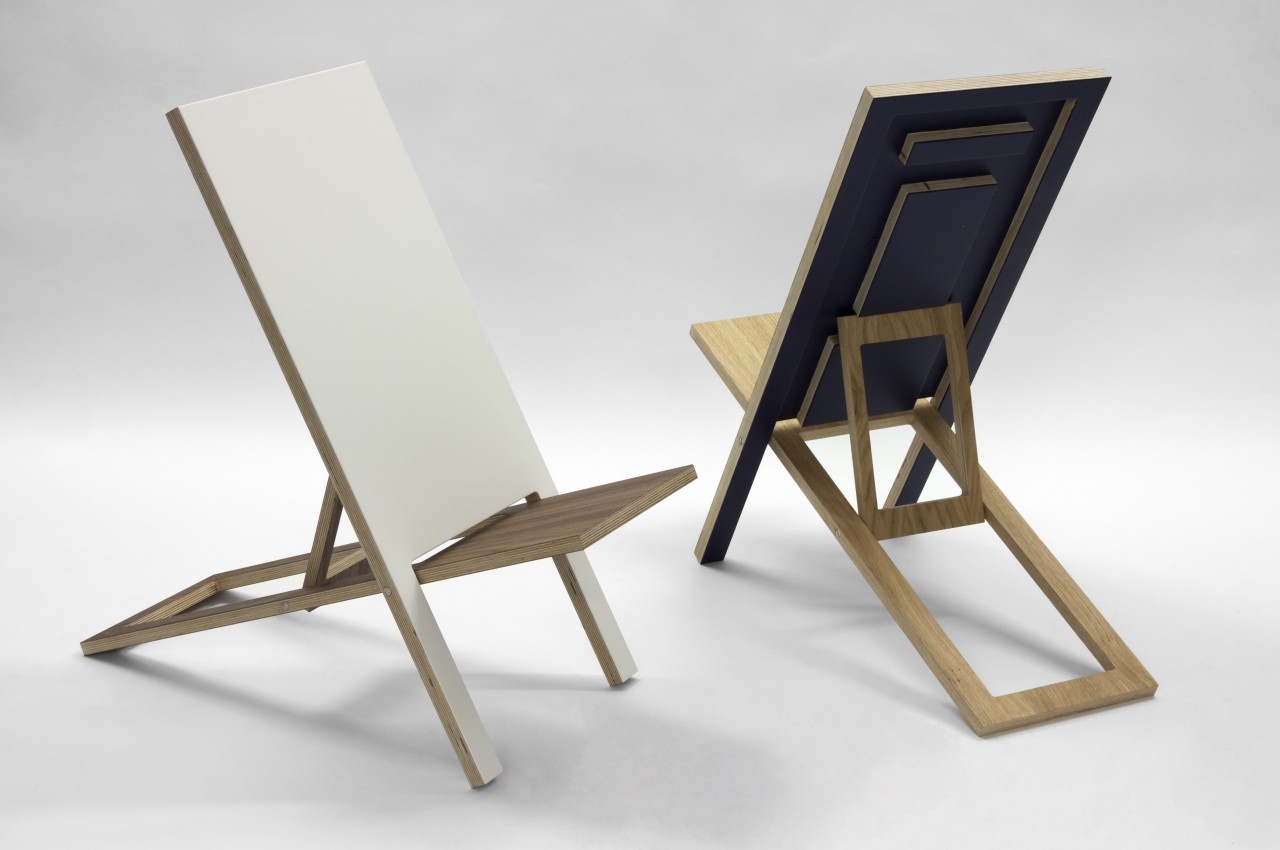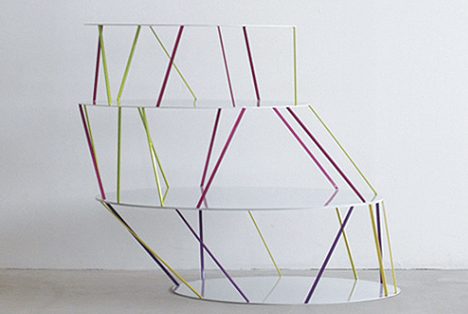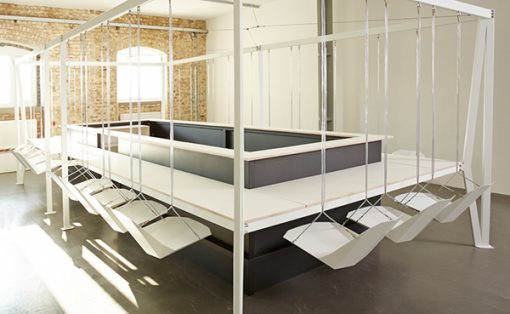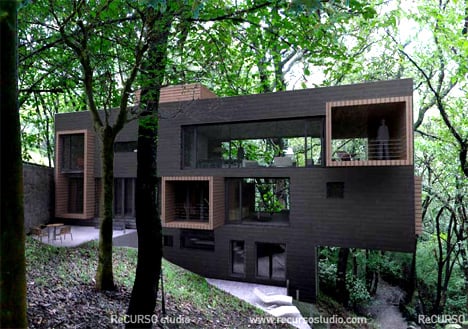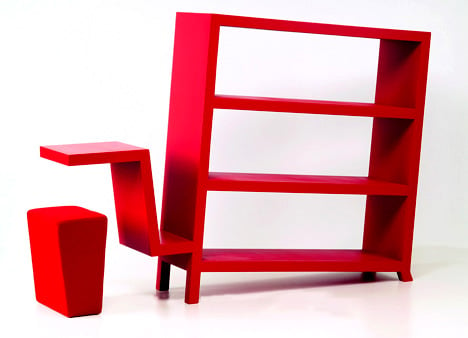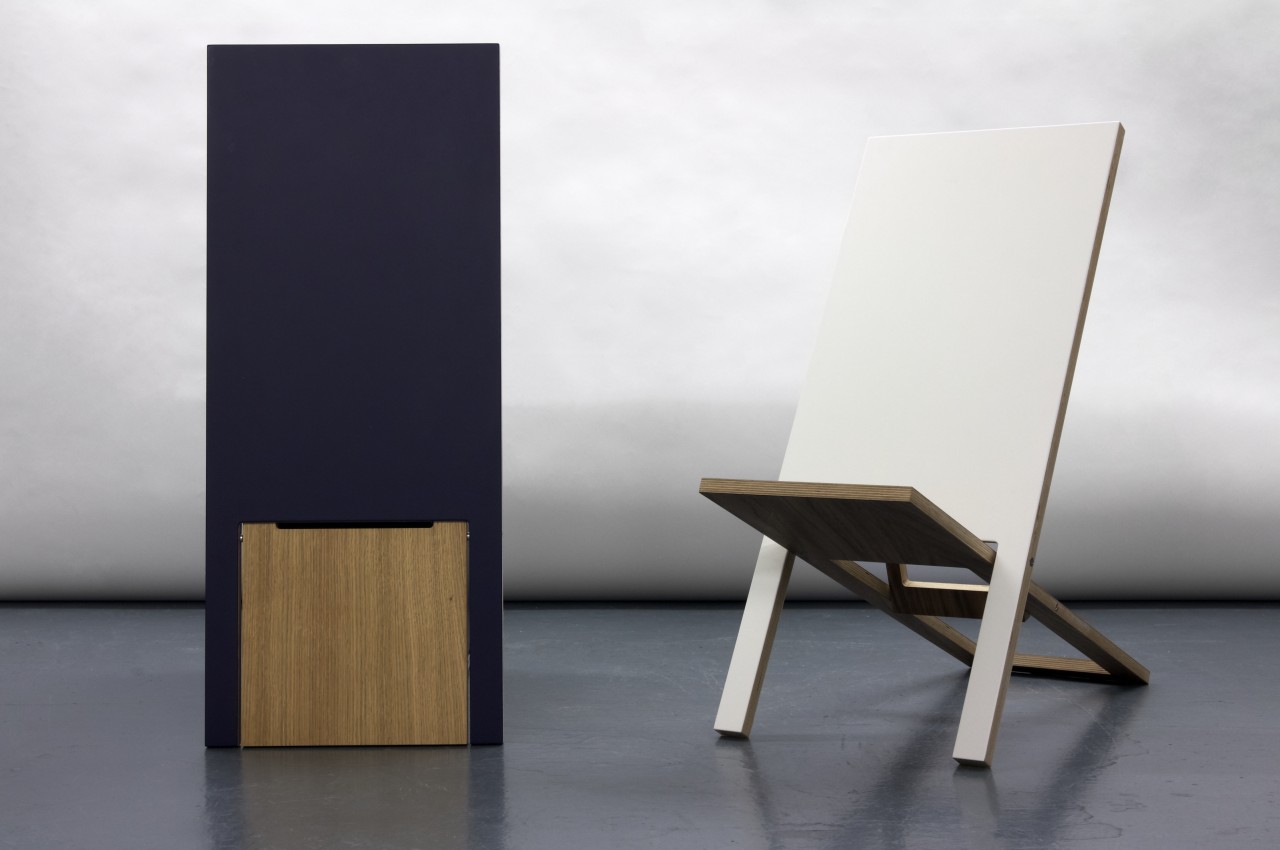
Although it doesn’t have a monopoly on the word, the smartphone market has appropriated the term “notch” and, unfortunately, given it a bad reputation in terms of design. Although their purpose can always be justified, the initial implementation of the notch on smartphone displays felt more like a solution in search of a problem. Of course, there are plenty of uses for cutouts, even the straight rectangular ones. This folding chair, for example, uses that design element not only as an interesting point of interest but also as a mechanism that gives the piece of furniture a more flexible form that makes it a lot more usable for many purposes.
Designer: Kostas Synodis
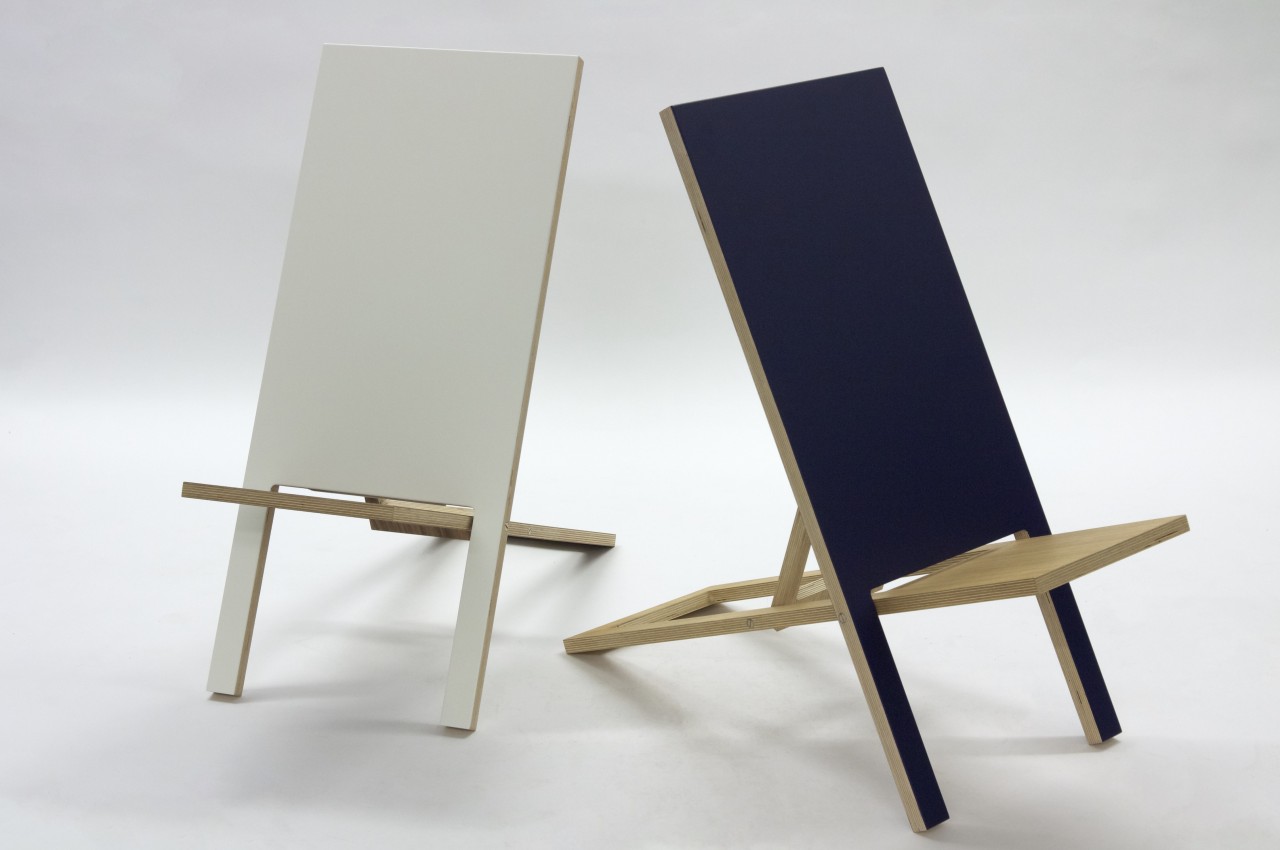
There is nothing inherently good or bad about a notch. It’s simply a cutout that can be used to create an empty space for visual effect or to make room for some other things. On smartphones, the notorious notch takes a bite out of the display to make room for cameras and sensors at the top instead of having the entire row unusable like in traditional designs. For this chair named “Notch,” the cutout functions both as a visual contrast to the rest of the product while also acting as the way for the chair to become a flat plank of wood for easy storage or transportation.
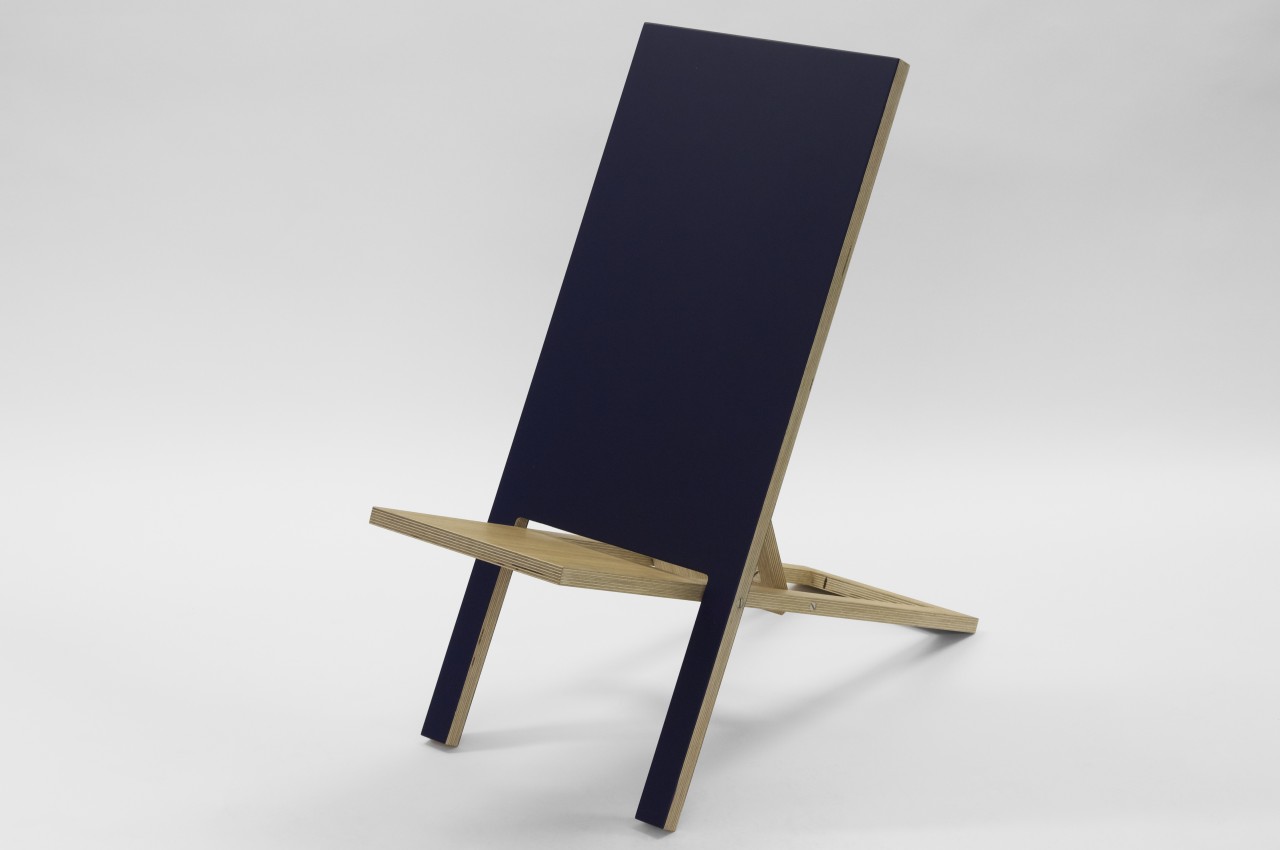
Most folding chairs implement a lever and fulcrum mechanism where the seat folds down from the backrest, and the legs fold close to each other. In the Notch’s case, however, the parts move in the opposite direction, with the seat folding down and the legs folding away from each other. Since the seat and the back legs are finished in a different color than the backrest and front legs, the notch practically creates a window for this contrasting part of the product, turning the chair into a sort of decorative piece when it’s folded up and propped against a wall.
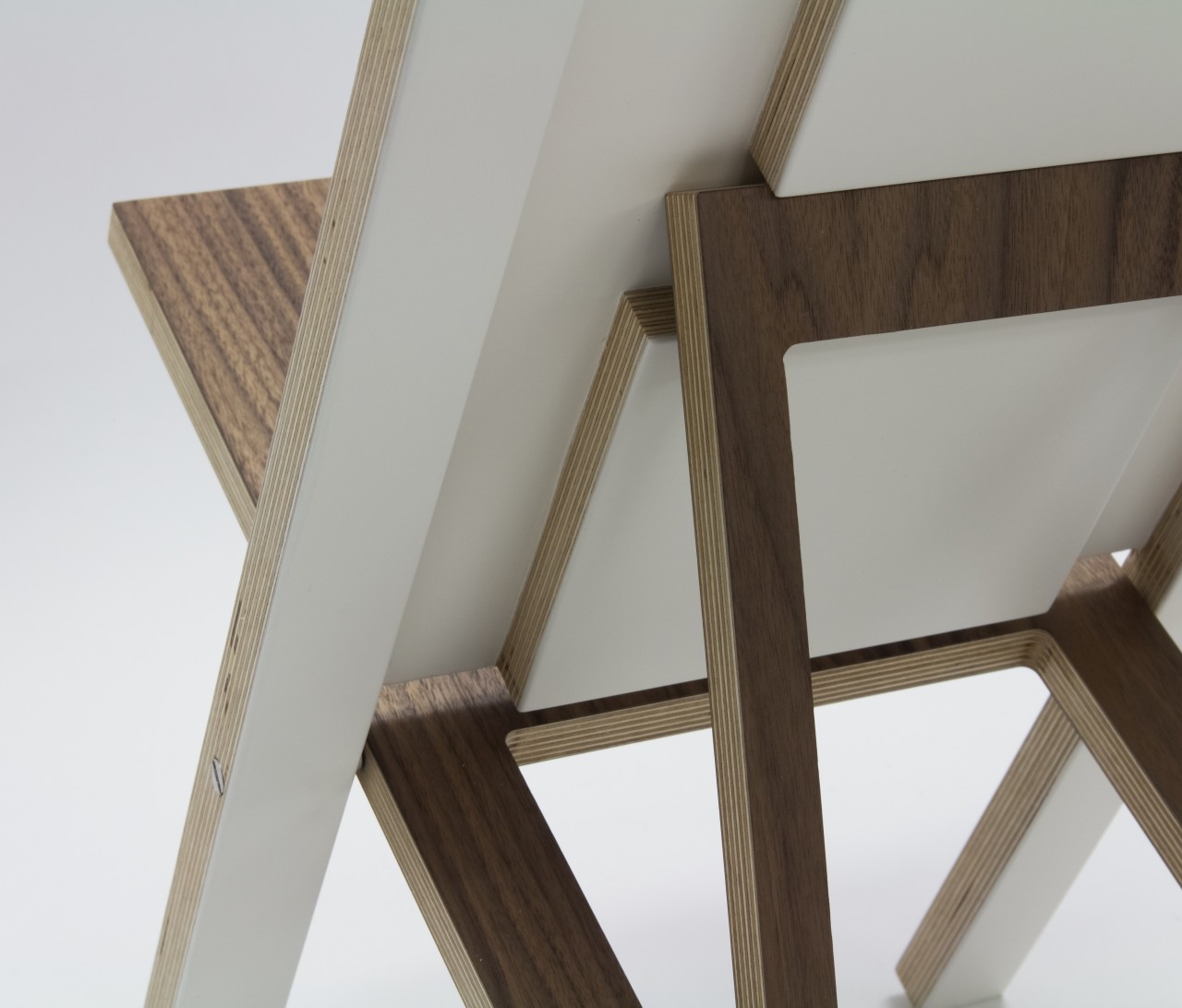
In addition to its rather unusual design inspired by African foldable chairs, the Notch is also designed with sustainability and efficient production in mind. Made from high-quality plywood cut using CNC technologies, the chair can be made using precise, cost-effective, and low-waste techniques. Because it folds perfectly flat, the chair is easier to ship and can be stored easily when not in use.
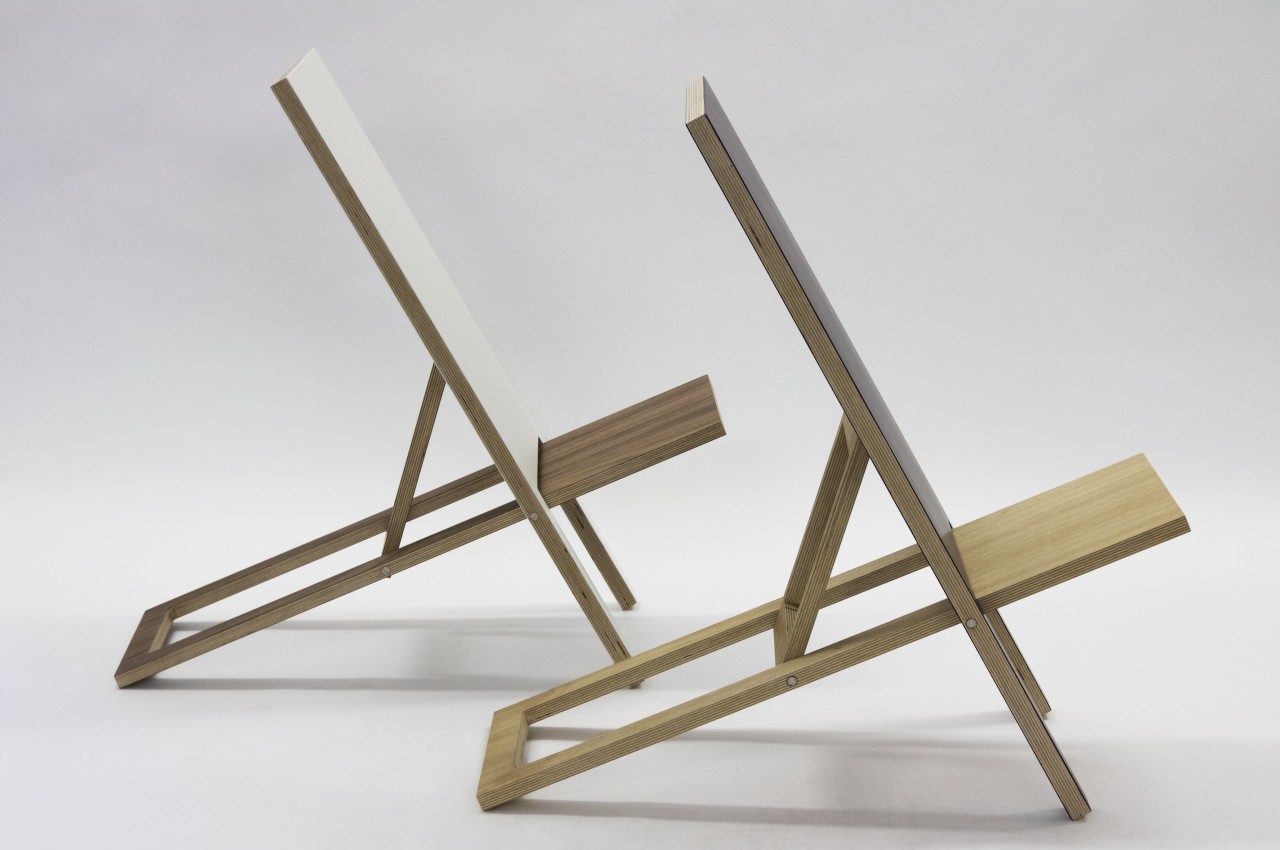
Although the Notch’s practical and aesthetic benefits are unmistakable, the comfort it provides might be a bit questionable. The angle it reclines might not be familiar to everyone, and it definitely makes it less useful for those times when you need to sit upright. The seat itself is relatively short, and the design doesn’t have room for softer materials like cushions or even textiles that could add to the chair’s comfort and ergonomics.
